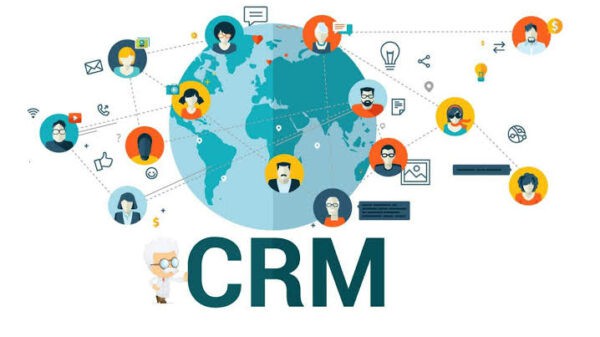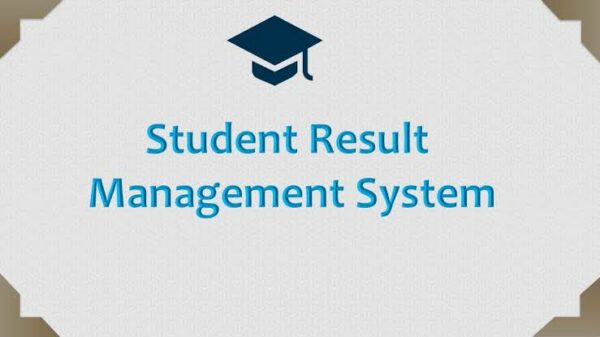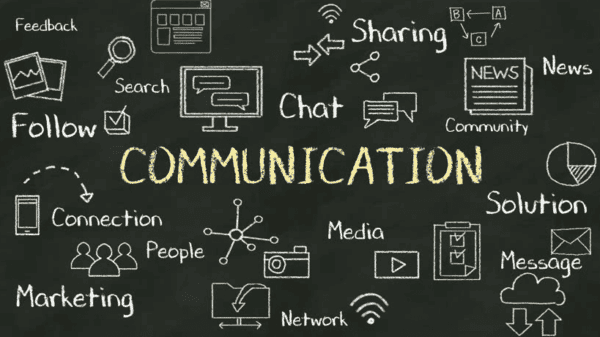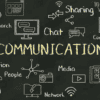A good business is always examining ways in which it can improve efficiency. Communication and importantly the methods of communicating can often be separate and lack any business synergy.
Communication methods can be categorised in to the following sectors:
- Telephone
- Voicemail
- Fax
- white-boarding
- Audio
- Video & web conferencing
- Instant messaging
Communications
Business thrives on its communication, both internally and with outside partners and agencies. Internally, the email has become the method of choice to communicate with staff whilst video and Web conferencing is often used to communicate with outside agencies and partners. Consequently, staff will be able to keep on top of the increasing number of messages and communications that businesses get on a daily basis.
Efficiency
Businesses are constantly looking for ways in which to improve the efficiency of their processes in order to free up staff time. However, implementing change in your business requires a number of key changes including:
- Standardizing staff procedures/processes
- Embracing new technology
- Increasing staff connectivity
- Generating customer Feedback
Technology
Business now has at its disposal a phenomenal range of technological time saving devises that will help a business to be more efficient. The internet has clearly given business a wider customer base but it also has allowed small business to be able to compete with big business for customers.
Making Gains
With all this technology we can often lose sight of why we need it and what it can do to increase our efficiency and productivity. Technology should help a business to be more efficient and help reduce staff work loads, especially with repetitive jobs.
When you have identified new and emerging technologies that can improve your productivity the challenge then becomes to incorporate this technology into your existing systems.
Unity
Through the merging of communications technologies a business can improve their productivity. However, this does not have to be a large change to a business and its processes. By simply training staff on how to use Skype, for example, then a staff member can communicate with multiple freelancers or contractors much more efficiently.
In doing this, your staff member will save time as the more traditional method of telephoning each contractor individually (or using email) takes more time. Subsequently, staff will have more time to provide the business with and be more efficient with the time they use.
Unifying Communications
By using technology that can merge you communications into one central hub staff will be able connect with colleagues and connect with their customers across the world. As such, long distance relationships will be improved. In addition, team work and collaborative projects will benefit from regular input and discussion.
Unified communication is the process of automating and merging a number of communication technologies to create a comprehensive communication process. In this way, from the board to the shop floor, staff can communicate with each other and the outside world using the same unified approach and process.
As such, by bringing together telephone, voicemail, email, fax, video & web conferencing, and instant messaging in one unified communication package⦠efficiency will increase.
Bringing Technology Together
Businesses such as Google, Amazon and Facebook are based around communications. These businesses share a common practice when it comes to communications; they have all unified their communications.
If you and your business are not unifying your communication technologies, ask yourself why? This is the time to embrace new technologies, pull together all you communication methods and increase your staff’s efficiency.
A passionate advocate of new technologies and how they impact on business, Wayne Douglas shares his experience with UCS blade servers with those new to the sector.

























































































































































































